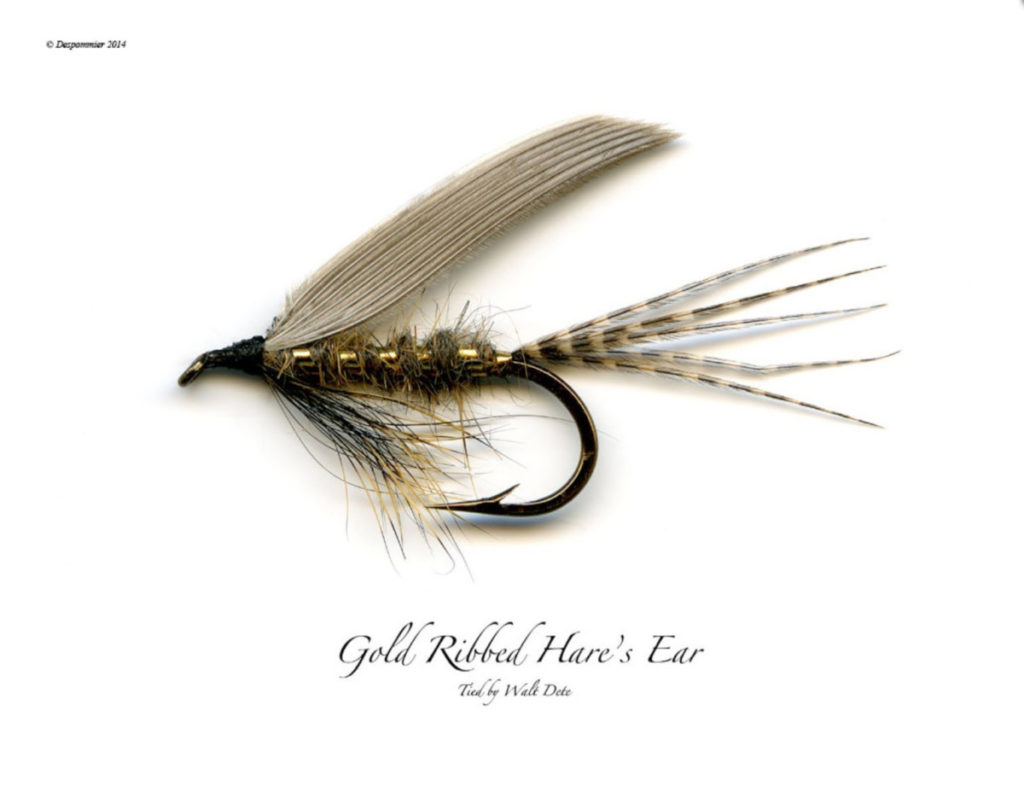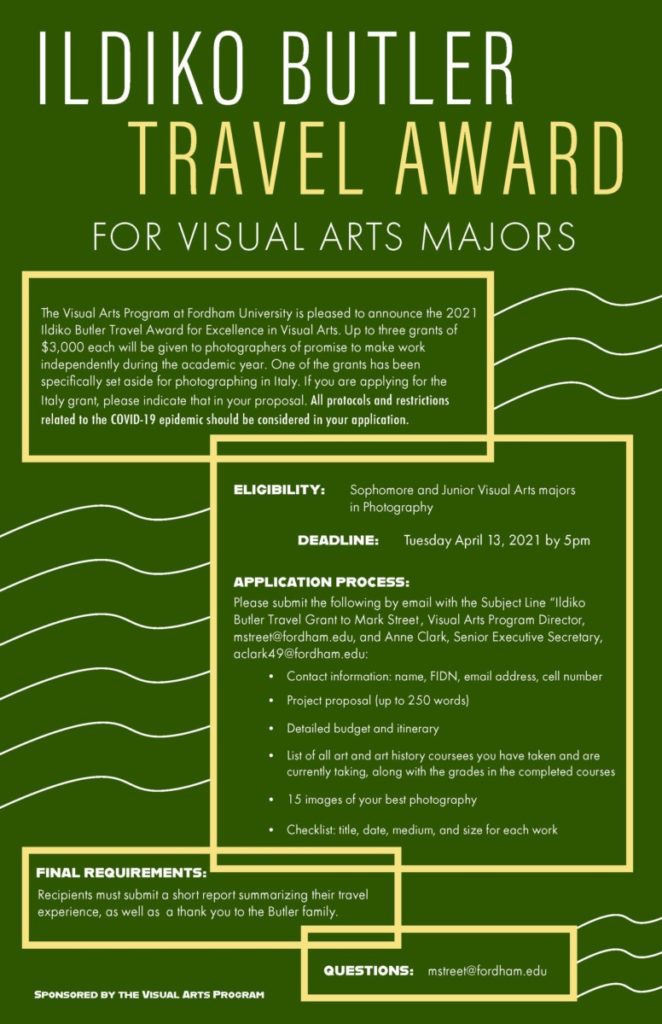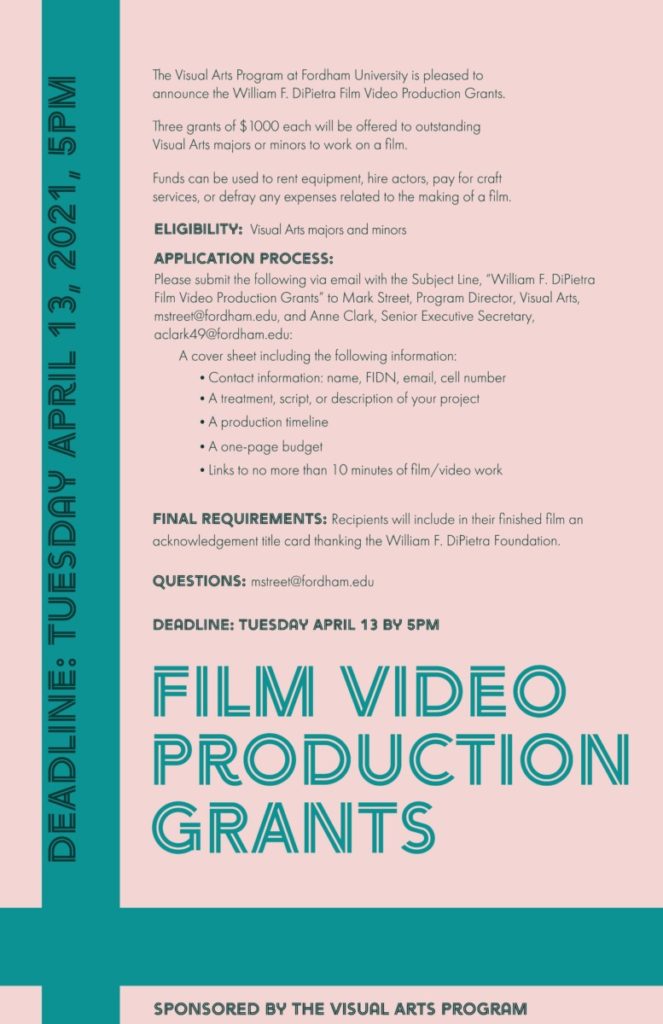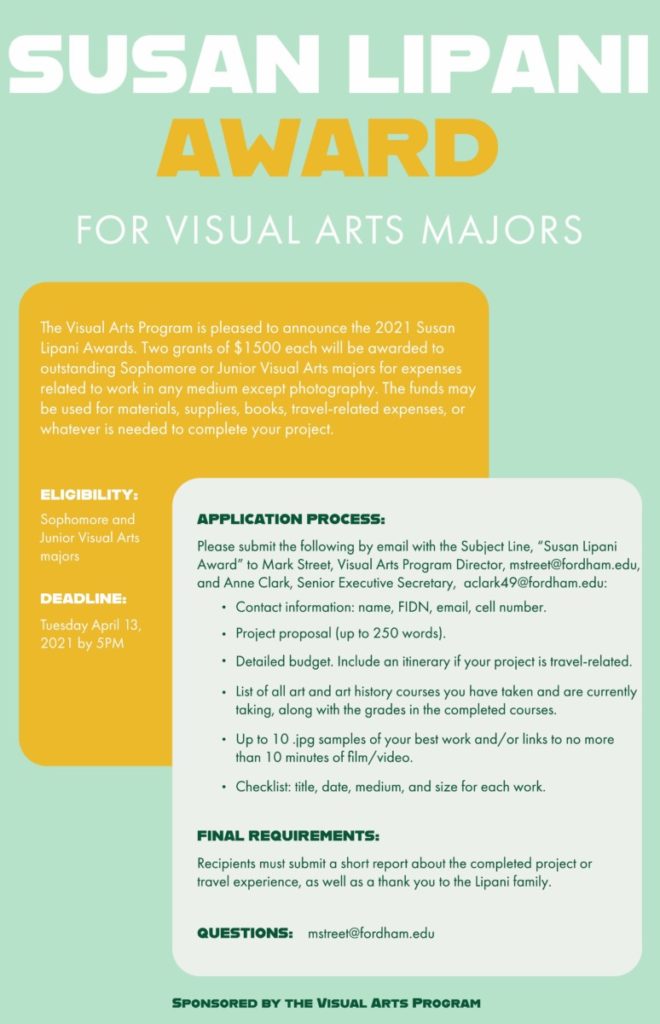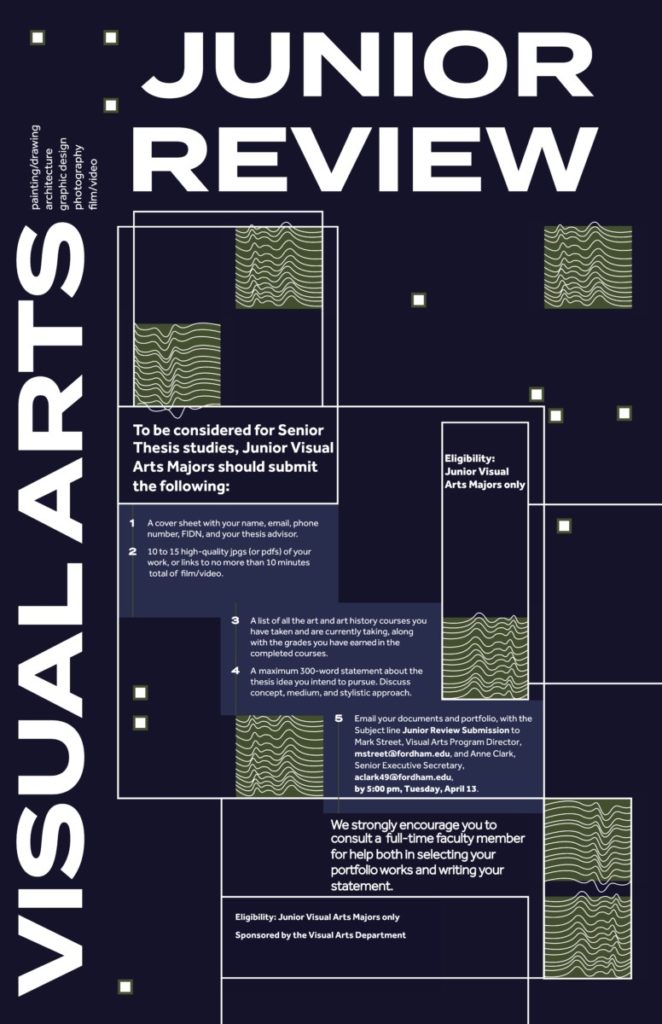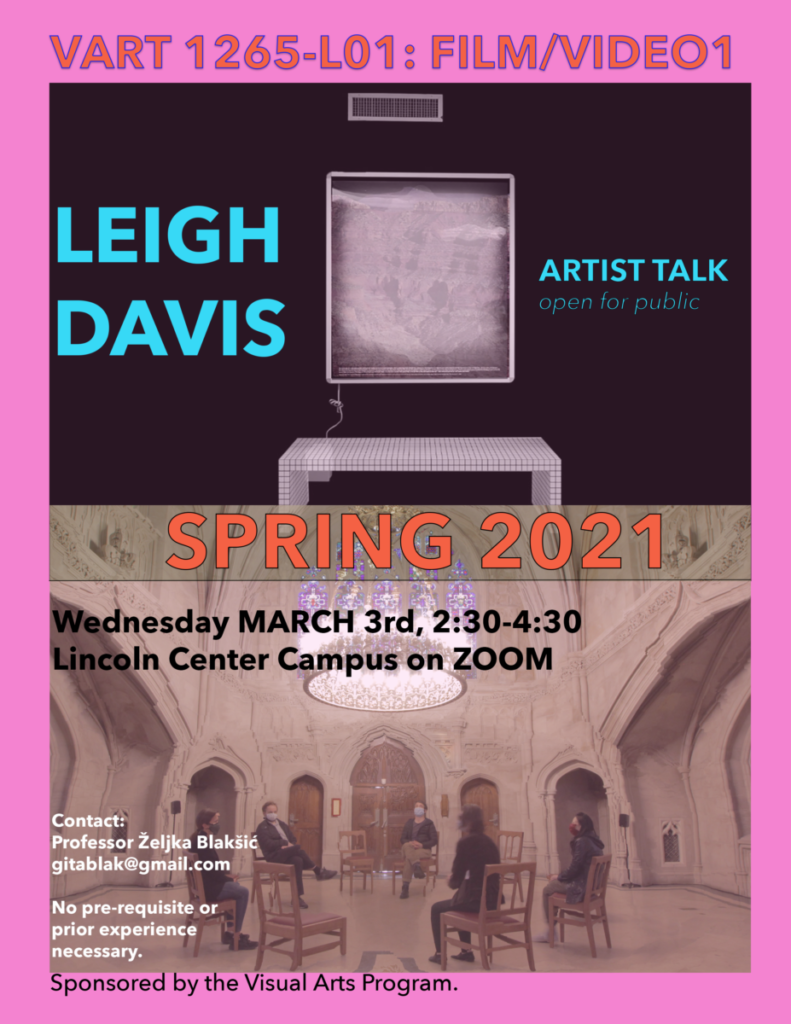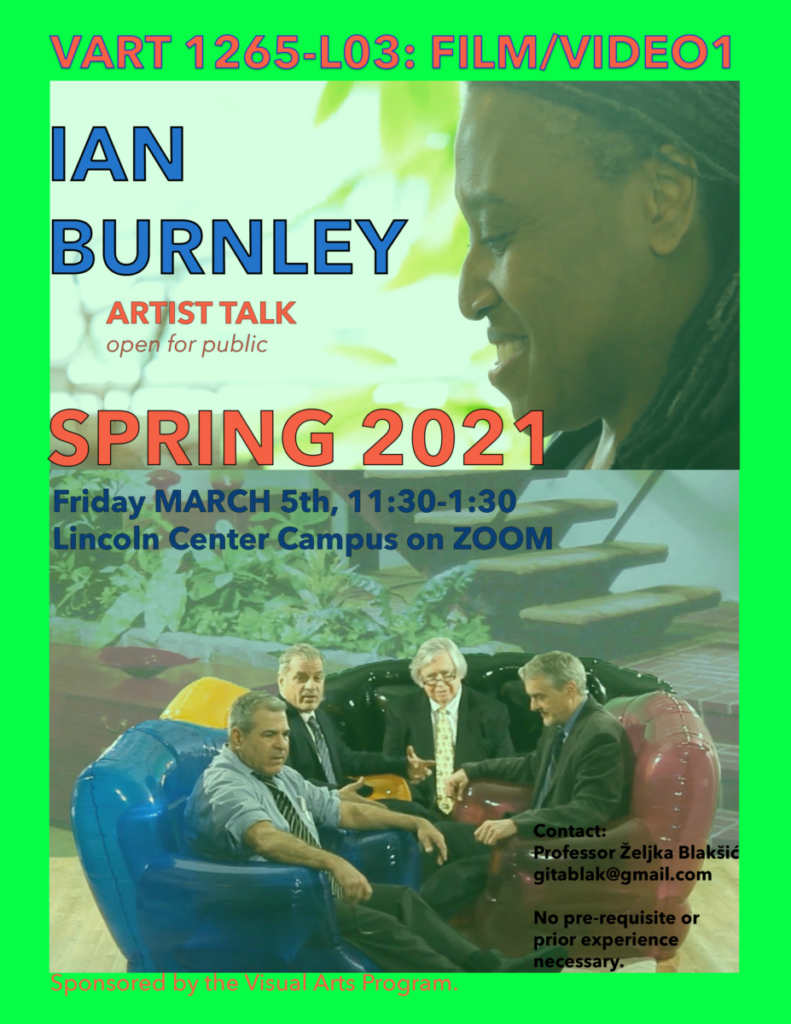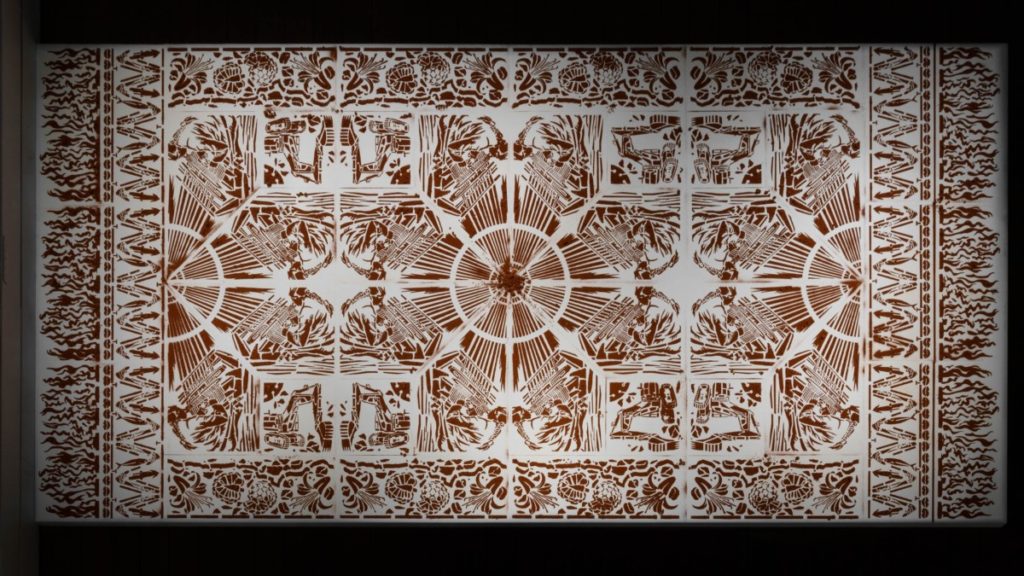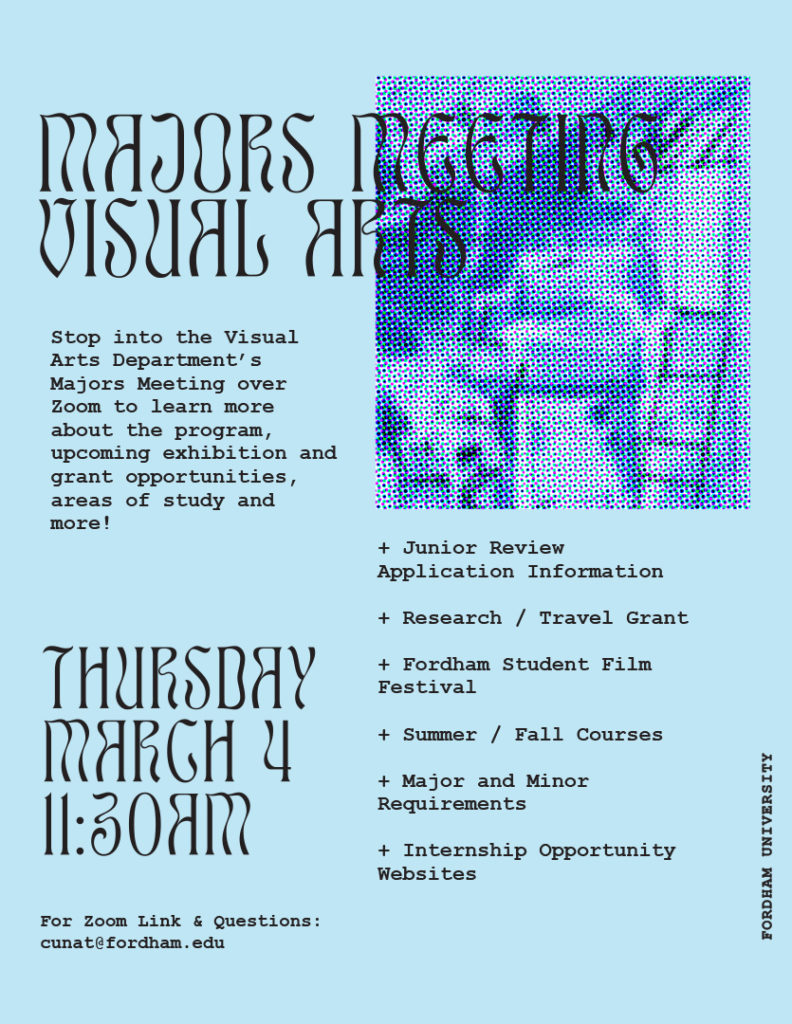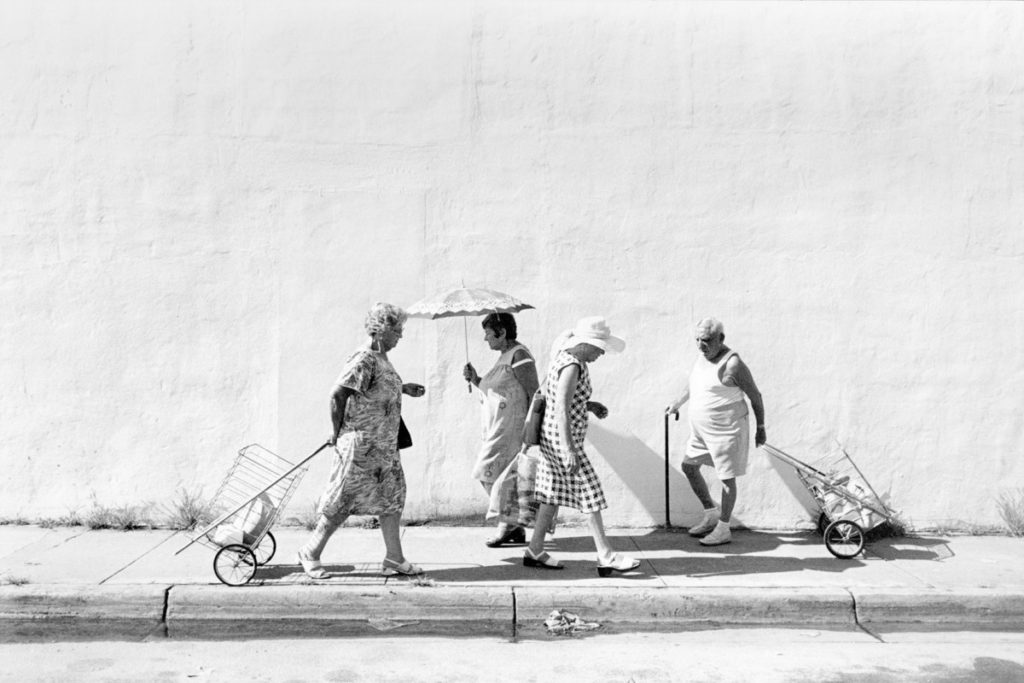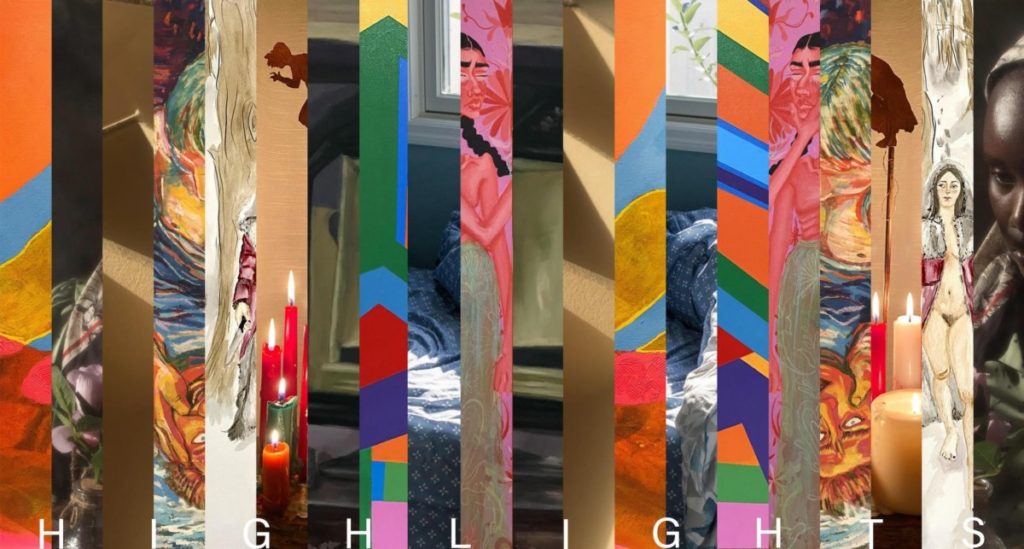New Exhibition: Adjunct Faculty Spotlight Series: Željka Blakšic
 Adjunct Faculty Spotlight SeriesŽeljka Blakšic AKA Gita Blak: Connect the DotsThe Fordham University Galleries Online Adjunct Faculty Spotlight SeriesŽeljka Blakšic AKA Gita Blak: Connect the DotsThe Fordham University Galleries OnlineFordham University at Lincoln Center map 113 West 60th Street at Columbus Avenue New York, NY 10023 fordhamuniversitygalleries The Department of Visual Arts at Fordham University is pleased to present the second spring installment of the Adjunct Faculty Spotlight Series: Željka Blakšic AKA Gita Blak: Connect the Dots 2019. Over the weeks to come, members from the Department of Visual Arts adjunct faculty will be sharing samplings of their production with the Fordham community. Currently, the Fordham University Galleries are closed to the general public in response to COVID-19 (open for those on campus registered with VitalCheck). However, our gallery website will continue to feature a robust selection of offerings from the different areas of study offered in the Department of Visual Arts: Architecture, Film/Video, Graphic Design, Painting, and Photography. Stay tuned for online presentations, discussions, and public dialogues coming this spring as our gallery website functions as a launching platform for a thoughtful engagement with the issues of our times. Željka Blakšic AKA Gita Blak, Connect the Dots, 2019, Polymer relief print on Arches Cover, 13 x 18 inches, printed by Ruth Lingen at Line Press Ltd and published by Planthouse GalleryConnect the Dots by Željka Blakšic started years ago as a drawing game made for a Game Night series of free public events presenting artist-made games, organized by Sheetal Prajapati and Anna Harsanyi at Soho20 Gallery in New York City. Participants were invited to connect the dots in order to reveal and discover a female revolutionary portrait. All the women represented in the series of prints played a pivotal role in their community and later society; as activists, theorists, educators, and politicians in launching the revolution or bringing in a monumental social change that enriched the lives of many. Here we remember them and celebrate their bravery, selflessness, dedication, and complexity. Željka Blakšic AKA Gita Blak is an interdisciplinary artist and educator who works with performance, 16mm film, video, and installation. Her practice is often collaborative and inspired by the sub-culture of the 1990s-era in Croatia when punk, anarcho, and eco movements were having a renewal. Resistance manifested itself through the cooperation and gathering of different alternative social groups and this experimental environment became a university of rebellion–a key force, giving voice to new expressions of democracy, justice, common values, and free speech. Blakšic often collaborates with members of different subcultures, activists, schoolgirls, singers, urbanists, and students, creating sites and praxis of collectivity. Using pedagogical methodologies within the context of contemporary art she organizes workshops, creates publications, makes films and exhibitions.Recent exhibitions include “It Won’t Be Long Now, Comrades!” curated by Inga Lace & Katia Krupennikova at Framer Framed in Amsterdam; “The Witnessing Event” curated by Rashmi Viswanathan at Los Sures Museum in NY; “BROUHAHA” project at Recess SoHo; “Claim Space” performance at Museum of Modern Art, NY; Artizen Cluj, Romania; BRIC Contemporary Art Gallery, NY; Gallery Augusta, Helsinki; District Kunst- und Kulturförderung, Berlin; AIR Gallery, NY; Active Space, NY; Urban Festival in Croatia; Gallery of SESI, Sao Paolo, Brazil; The Kitchen, NY and The Khyber Center for the Arts in Canada. She was a recipient of the Residency Unlimited & National Endowment for the Arts Award 2017, New York USA; Cittadellarte – Fondazione Pistoletto Residency 2017, Biella, Italy; Recess Session commission 2016, New York USA; A.I.R. Gallery Fellowship Program for emerging women artists 2014/15, New York USA; The District Kunst Award 2013, Berlin; New York Foundation for the Arts Residency 2012, Paula Rhodes Award 2010, New York USA, and many others. Most recently she was a resident at Alserkal Avenue in Dubai, UAE. Image caption: Nadezhda Krupskaya (1869 – 1939) was a Russian Bolshevik revolutionary, activist, and politician who believed that access to education was a step towards improving people’s lives. She was a historian and a theoretician of educational science in addition to being one of the main organizers of the socialist system of education. She served as the Soviet Union’s Deputy Minister of Education from 1929 until her death in 1939. A committed Marxist, she encouraged the development of a library system in the Soviet Union. She was the wife of Vladimir Lenin from 1898 until his death in 1924. For further information on the exhibition please contact: Stephan Apicella-Hitchcock The Fordham University Galleries are currently closed in response to COVID-19. In the meantime, please visit our gallery website frequently, as our exhibitions are still underway. For Željka Blakšic’s website (AKA Gita Blak) click here. For the Visual Arts Department Website: click here. |
